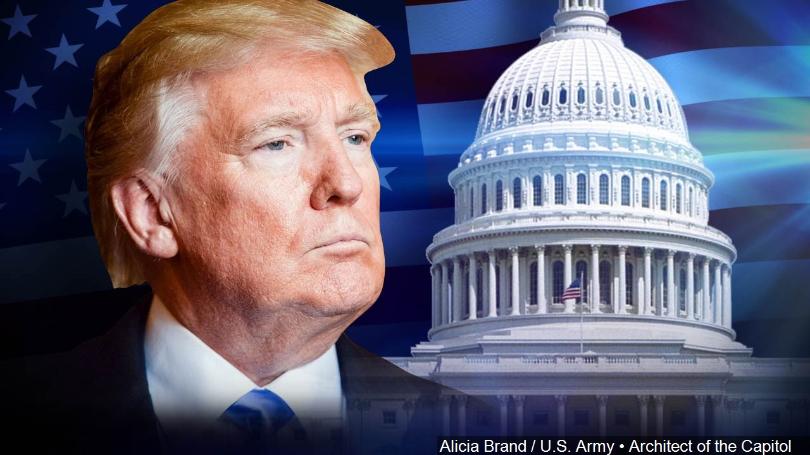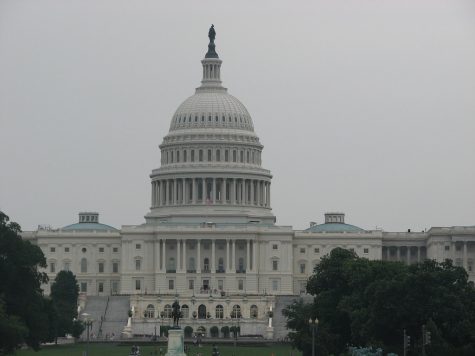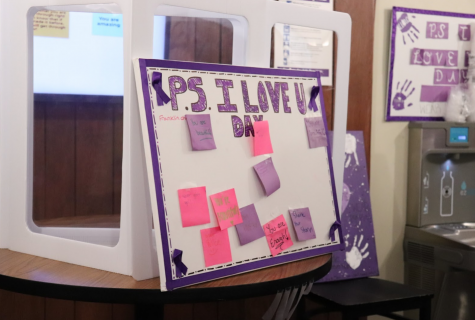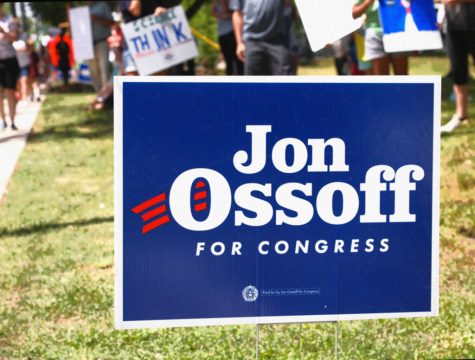President Donald Trump Shutdown
February 28, 2019
President Donald Trump declared a government shutdown that ended up becoming the longest shutdown in national history, on December 21, 2018. This shutdown affected thousands of government workers’ lives as they were not being paid for the duration of the shutdown.
A partial government shutdown is where a federal agencies must discontinue all non-essential discretionary functions until legislation for funding is passed and signed into law. However, essential services continue to function as well as mandatory spending programs. Essential services are considered border protection, in-hospital medical care, air traffic control, law enforcement, and power grid maintenance including some legislative and judicial staff. Mandatory spending is considered Social Security, Medicare, and Medicaid.
Trump declared this shutdown when Congress wouldn’t approve a budget that consisted for providing $5.7 billion for a wall of the United States Border to Mexico. This wall would play a key piece to Trump’s immigration policy. This policy is considered a solution to the increasing number of migrants who wanted to apply for asylum at the border.
Due to this government shutdown, many workers around America were left to work without pay. The FDA inspected products that were considered high-risk only during the shutdown. Many national parks were left open, however, there was no visitor services and many sites reported damage and trash build up. Since none of the TSA agents were being paid, travelers had to face longer lines because many agents wouldn’t report for work. Out of 26,000 IRS employees, 14,000 workers didn’t show up for work. Fortunately, on January 11, Congress passed a bill that would reimburse federal exempt employees for lost wages once the shutdown ended.
On January 25 2019, Donald Trump ended the shutdown for three weeks, so that the Congress can decide the budget including the wall. A committee proposed a budget that would consist of $1.3 billion for the wall, on February 12 and on February 14 Congress passed the budget into law to avoid another shutdown. Trump declared a national emergency with the spending bill, however, as of February 26, the House is expected to pass a joint resolution to repeal the national emergency.













